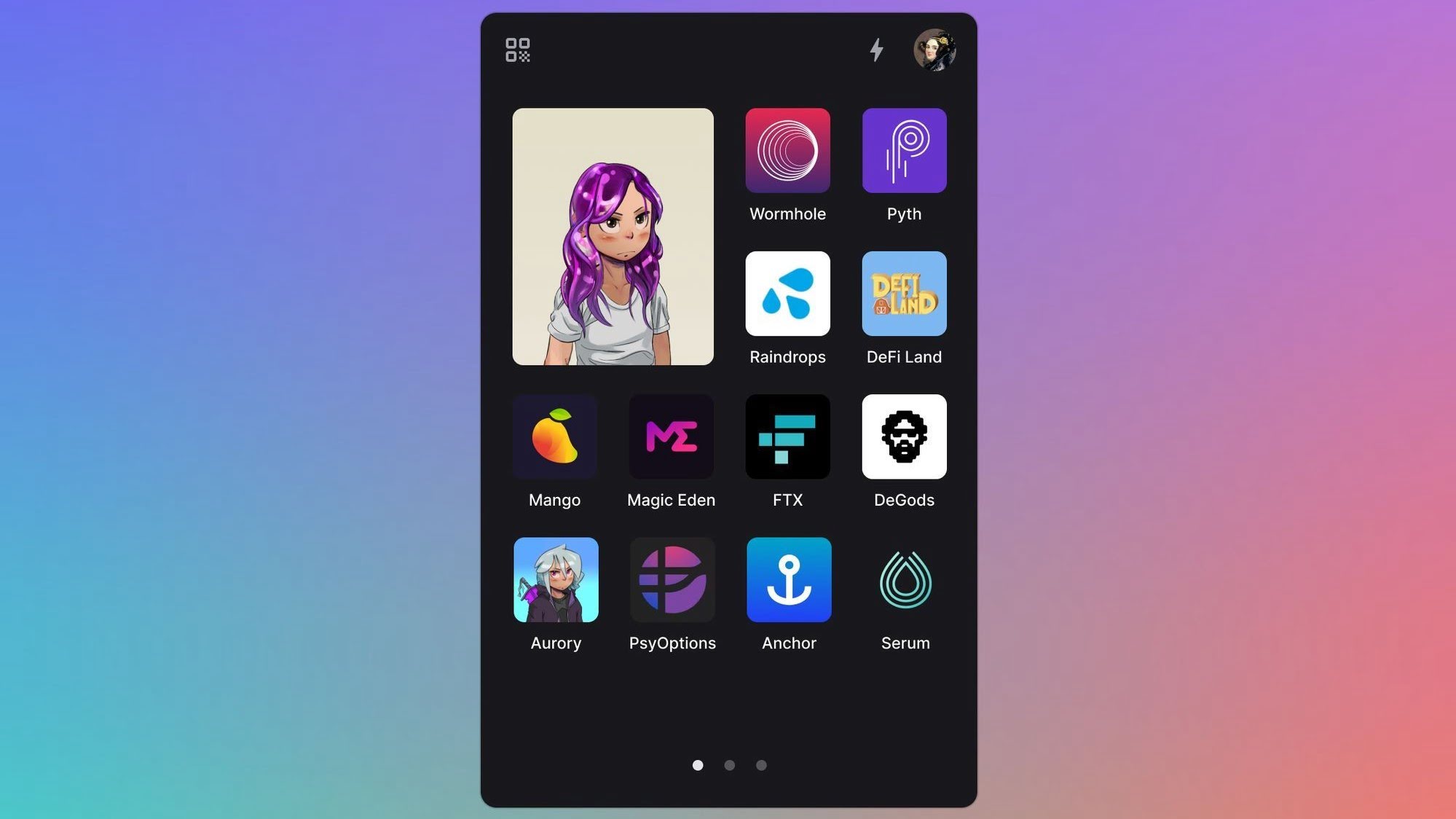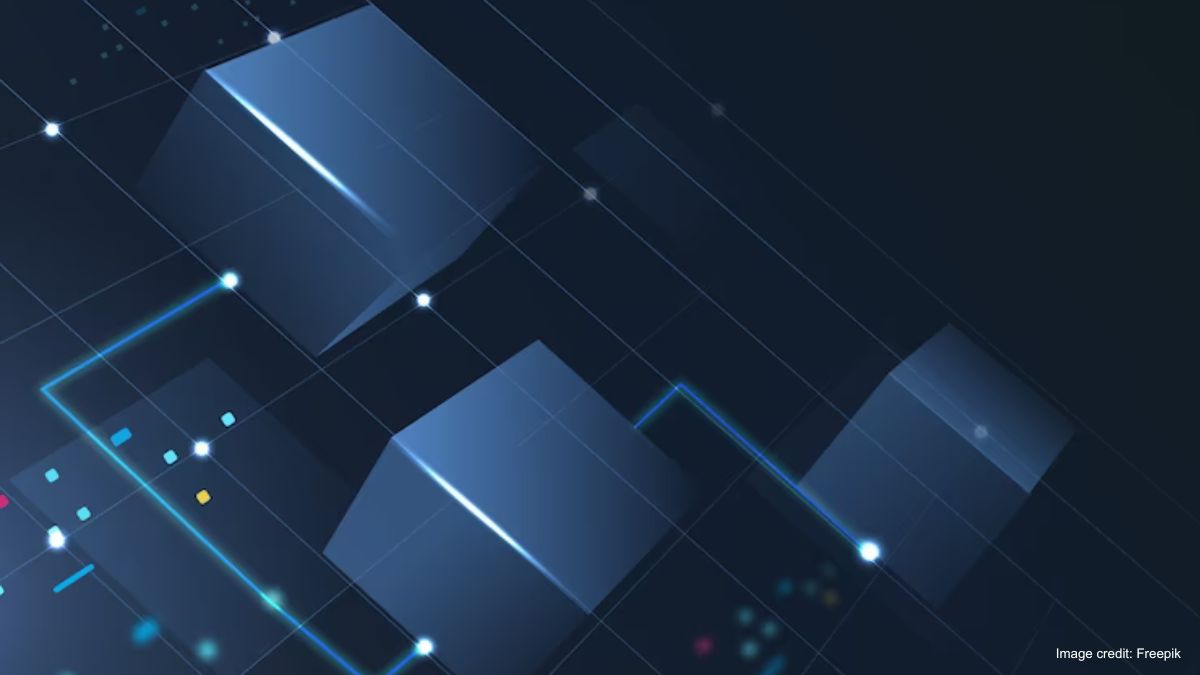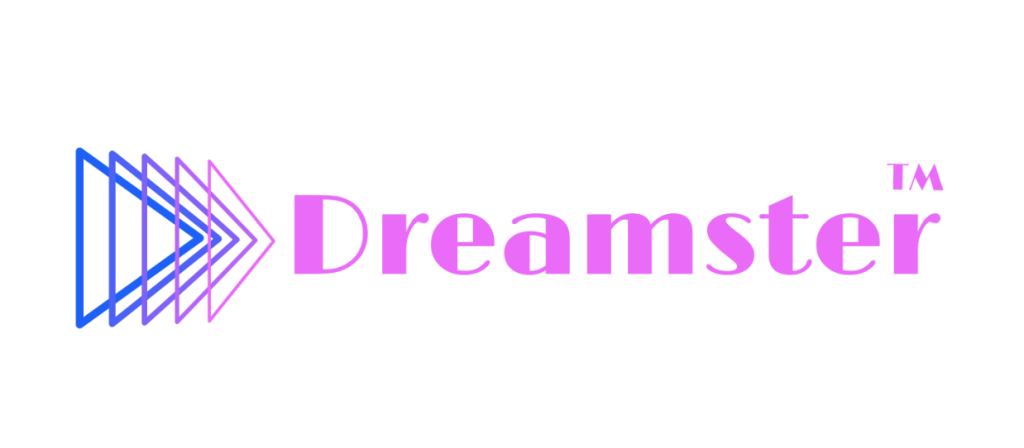Blockchain facts: What it is, how it works and how it can be used

A blockchain is a decentralized, distributed digital ledger that records transactions across multiple computers. The technology was originally designed to enable peer-to-peer payment systems, but its potential applications go far beyond financial transactions. It can be used for any type of transaction or exchange of value between participants – such as contracts, land titles and digital identities.
Blockchains use cryptography to ensure the security and integrity of data stored on them. They are also immutable, meaning that once something is registered in the chain, it cannot be changed or removed without the consensus of all the participants involved in the system. This makes blockchains attractive solutions for secure storage and sharing of data, identity management, supply chain tracking and other applications where trust between parties is essential.
How does a blockchain work?
A blockchain is a decentralized, distributed digital ledger that records transactions across many computers. It is managed autonomously using a peer-to-peer (P2P) network and requires no central authority or intermediary to process the data. Each node in the network stores its own copy of the blockchain and participates in an agreement protocol to update it with new entries.
This makes it virtually impossible for malicious actors to tamper with information stored on the blockchain, since all participants must agree on any changes to the ledger. All data recorded on a blockchain is highly secure and immutable, meaning it cannot be changed retroactively without the consensus of all parties involved.
Furthermore, all transactions are transparently visible to peers in the network, which provides greater trust between users compared to traditional methods of storing and sharing data. The combination of these features makes blockchain a reliable, resilient and secure method for tracking and exchanging digital assets.
The process of a blockchain transaction involves the use of cryptographic signatures to authorize the transfer of digital assets from one owner to another. When someone wants to send money or an asset to another person, they initiate a transaction request that is then broadcast across all nodes in the network.
The nodes then verify that the sender has sufficient funds or sufficient authority to make the requested transfer by checking the ledger to see if any other transactions have already used up those funds or resources. Once verified, it is added as a new entry on the blockchain along with details such as timestamp and the identity of the sender.
These records are then stored on the blockchain and cannot be changed or deleted. The transaction is complete when all nodes in the network have reached consensus that it is valid and have agreed to add it to their copy of the ledger.
By recording data securely across a distributed, resilient and immutable platform, blockchain technology has opened up exciting new opportunities for businesses and individuals alike. Whether used in cryptocurrency exchanges, decentralization of medical data, sharing of digital assets such as music or art, or as a trusted authentication system – the potential applications of this revolutionary technology are vast and ever-growing.
Is Blockchain Secure?
Blockchain technology is highly secure due to its distributed, decentralized nature and cryptographic principles. No single entity has control over the data, and all transactions are stored in a public ledger that cannot be changed or tampered with. The blockchain network is also resistant to malicious attacks because it relies on multiple nodes (computers) to validate and store data, making it difficult for hackers to compromise the system.
In addition, data stored on the blockchain can be further secured by encrypting each transaction using advanced cryptography methods such as hashing algorithms. As more businesses adopt blockchain technology, security protocols become increasingly sophisticated, allowing users to trust that their data is secure. With these advancements in security measures, it can be said that Blockchain technology is indeed reliable and secure.
How are blockchains used?
Blockchains are versatile and have a wide range of potential uses. Currently, they are mostly used in cryptocurrency networks such as Bitcoin or Ethereum. In these networks, the blockchain acts as an immutable public ledger that records all transactions between users.
Beyond cryptocurrency, blockchains can be used for many different use cases, including digital identity management, smart contracts for automated asset exchanges, secure data storage, and more. As technology advances and development accelerates, the potential uses of blockchain continue to expand.
As a decentralized system built on trustless consensus algorithms and cryptography, blockchains provide an unprecedented level of security and efficiency. By eliminating trusted third parties from the equation and decentralizing data storage across multiple nodes worldwide, blockchain technology can reduce risk and simplify complex processes.
Ultimately, the potential of blockchain technology is still being explored and its full capabilities are yet to be discovered. By leveraging its unique features and benefits, blockchain could soon transform many different aspects of our lives. From financial industries to healthcare providers, blockchain has already started to make an impact around the world. It is exciting to think about what other applications will come in the future!
LOAD
. . . comments & more!
























